Hull Down
This article is part of a series:
- Hull Down
- Takom Chieftain Mk2
- Takom 1/35 Chieftain Mk 11 Stillbrew
- Tamiya Chieftain Mk3
- Tamiya Chieftain Mk5c
- …and the Chieftain Mk 3 progresses…
- Berlin Brigade Chieftain Mk5C
- Chieftain Berlin Brigade Camouflage Masks
- Takom Chieftain Mk5c Berlin Bde
- Takom Chieftain Mk10 Berlin Bde
- Takom 1/35 Chieftain Mk10 Track Bash
Tamiya Chieftain, corrected to a Mark 5 with Clansman radio fit. I based the cam on the tank on various photos of Chieftains on exercise in Germany

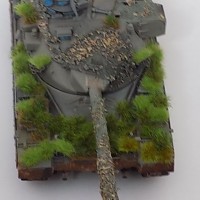
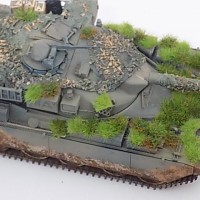
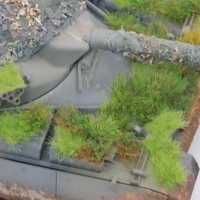
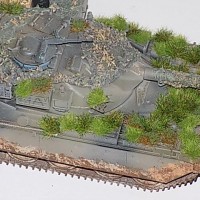
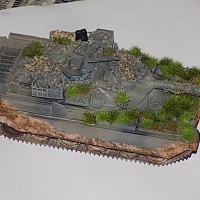
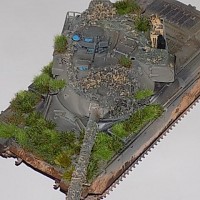
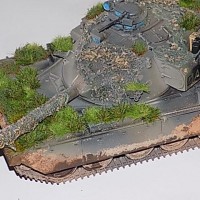

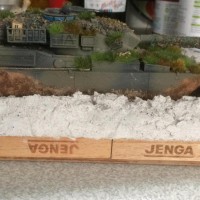
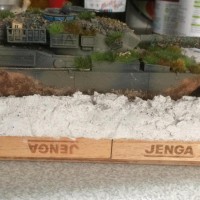
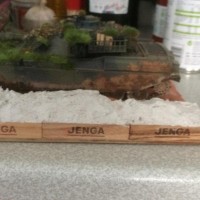
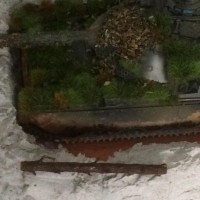
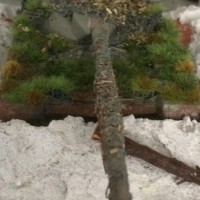
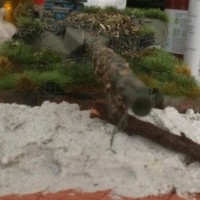
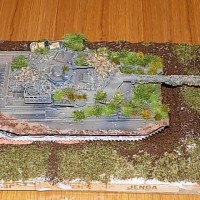
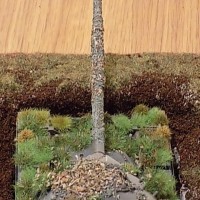
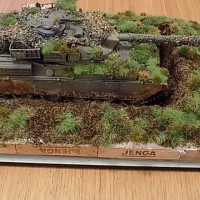
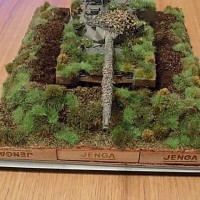
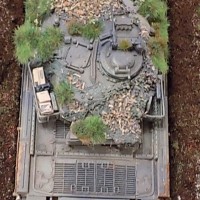
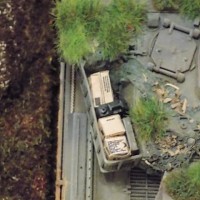
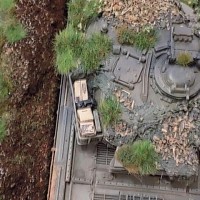
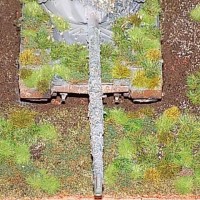
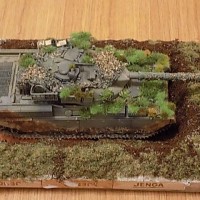
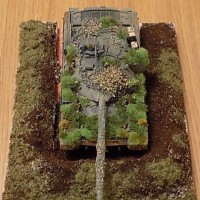
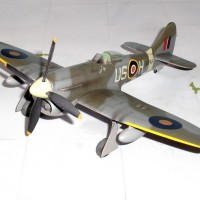
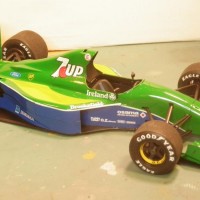
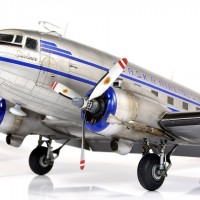
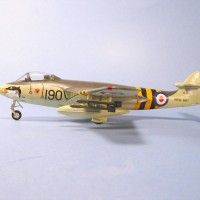
Ian, You model looks very well done, and I like the look of it on the base, as it helps explain the camo of using what the terrain gives you. I wonder how much of that stuff blew off when the fired the gun ? Well done !
the tufts were actually sods of earth, which were very heavy and would stick back to the soil. The top soil and vegetation would be removed from a wider area than the trench. The hole would be dug and the spoil used to build up the "berm" around the tank. This is similar to how a fire trench (fox hole for our American friends!) is dug by the Infantry, only on a much larger scale. The strips of turf could then be placed around the berm to disguise it and also on the tank itself. IF my understanding is correct, these would be dug just at the edge or immediately in front of a tree line. The tanks could then stay hidden in a forest and move forward to occupy the positions after any preparatory bombardment had passed. Some positions were pre-prepared in Germany, but whether they were decoys or not I don't know...
Outstanding, Ian! Using what nature provides for camo works well to a point. Terry speculated on how much of that greenery would have blown off when the gun fired: a LOT! But more would have been blown off any tanks NEXT to them, depending on how close the tanks were to each other. Actually, using clumps of sod (which is how it appears) would be ok ... until the tank started moving. When we camo'ed our tanks, we would "weave" branches and stuff in the camo net. It'd stay better that way. Most of the time we didn't have time to do a really good job because just as soon as we started, then we'd have to move again! You had to be careful using live branches or the like - it tended to die, so that 12-24 hours later, your camo branches & leaves might be pretty droopy and show up because the live stuff doesn't look like living greenery.
But none of that has anything to do with the great job YOU did with your Chieftain! VERY well done, Sir!
Thank you for your very kind comments! How well I remember the "Cam up, comms in, coffee, tear down, cam down, move to next location and repeat!" Ptarmigan made a very big change to that for the Royal Signals as I could have secure comms up and running for local users within 10 mins of arrival in a new location, and be cammed up with full comms in 20 mins! And that was with a det of just 5 men. Much better than the old Bruin system that preceded it. In turn, this fastness and the great level of redundancy was far, far better for the Bde's, Div's and the Corps that depended on us for the command, control, communications and intelligence required of modern armoured warfare. GW1 was the reverse of everything we practiced in Germany! After the initial breaches into the A/T berms, the armour went through, the infantry went through and the signals then raced ahead to provide the "through comms" they needed. A certain Brigadier Cordingly was shocked to find that the bulk of the Corps was in Soft Skin, not armour...
Great job!, I wish that understood tanker talk, again nice job.
Hi Robert, what don't you understand and I'll try and answer your questions
Tanks, I mean thanks.